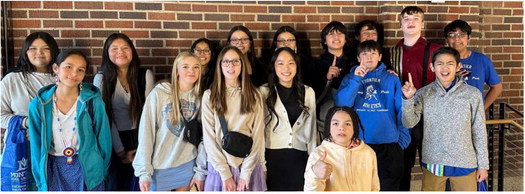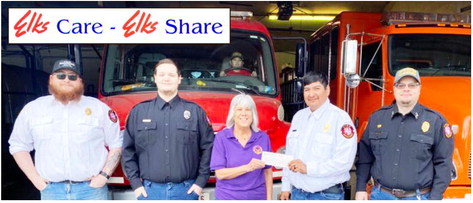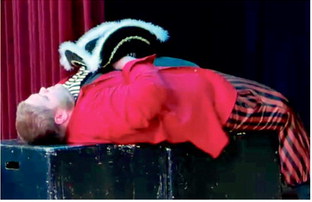Crow Language Camps Celebrate Century Of Saving Language
Ten years ago, the number of Apsáalooke (Crow language) speakers was like many indigenous languages, endangered and risking extinction as fewer and fewer spoke it.
Now, as the Crow Language Consortium prepares for its 10th annual summer institute where Apsáalooke teachers are trained and new speakers learn, the Native nation in south central Montana, which is also home to Little Bighorn Battlefield, is bucking the trend of many imperiled languages. There’s been a resurgence and organizers, tribal leaders and educators say that’s not a mistake.
The schools now have a dual- language immersion program where students have the option of being taught half the day in English, half in Crow. An online app, Biissbíiluukaalilaah, or “Speak Crow to Me,” provides words and audio pronunciations for Apsáalooke speakers. And just this month, The Language Conservancy published the Crow Dictionary, the first of its kind published in nearly half-century, with more than 10,000 words — twice as many as previously recorded.
Jacob Brien, an 18-year-old Rocky Mountain College student, is working as an intern with The Language Conservancy, and growing up on the Crow reservation, he said the problem is simple: Sometimes teachers would speak to the students in Crow, but they assumed that all Native kids understood or even spoke the language.
But that attitude is changing from one of assumption to one of preservation — saving it, teaching it to children, and encouraging elders to speak it to their families, even if every word, phrase or sentence isn’t always understood.
Brien, who hopes to continue on to graduate school to work on linguistics to help continue the Crow culture, said that ironically, it may be the youngest generations who can do much to help preserve the language, even if they can’t speak it or understand it fluently.
Now that the language camps are routine, the phone app is popular and the dictionary has been published, the next phase of the work begins by publishing other works in Crow. For example, the popular children’s cartoon “Berenstain Bears” has been dubbed in Lakota. The Crow Language Consortium talks of building out teaching materials, books and multimedia in Crow. “While we feel we’ve come a long way, we have a long way to go,” Janine Pease of Little Big Horn College told a group of people gathered in Crow Agency last week. Pease has spent her entire career promoting and preserving the Apsáalooke language.
Curtis Yarlott, a Crow tribal member who is on the board of the Crow Language Consortium, said that 10 years of language training is the “beginning of success,” but in order for the program to truly be successful, the younger generations will have to continue to promote and speak the language.
“But the older generation has a role to play, too. They have to be persistent and be supportive,” he said.
Sometimes elders have teased or even tried to shame the younger generation for not speaking Crow. Yarlott said that is changing, and it can lead to deep conversations about what it means to be part of the culture because language is culture.
That’s why Brien is encouraging his peers and even kids younger than him to go out and become sort of cultural collectors.
“You don’t have to know it. But do this: Go take your phone — they all have recording devices — and go out and record your grandparents speaking it. Just save it,” Brien said.


